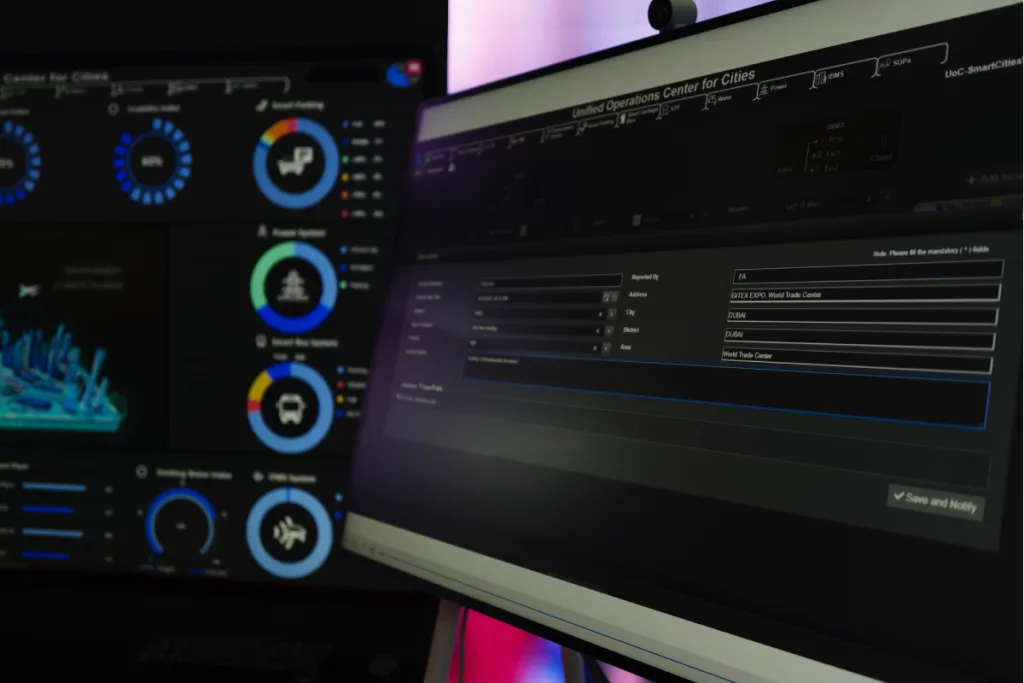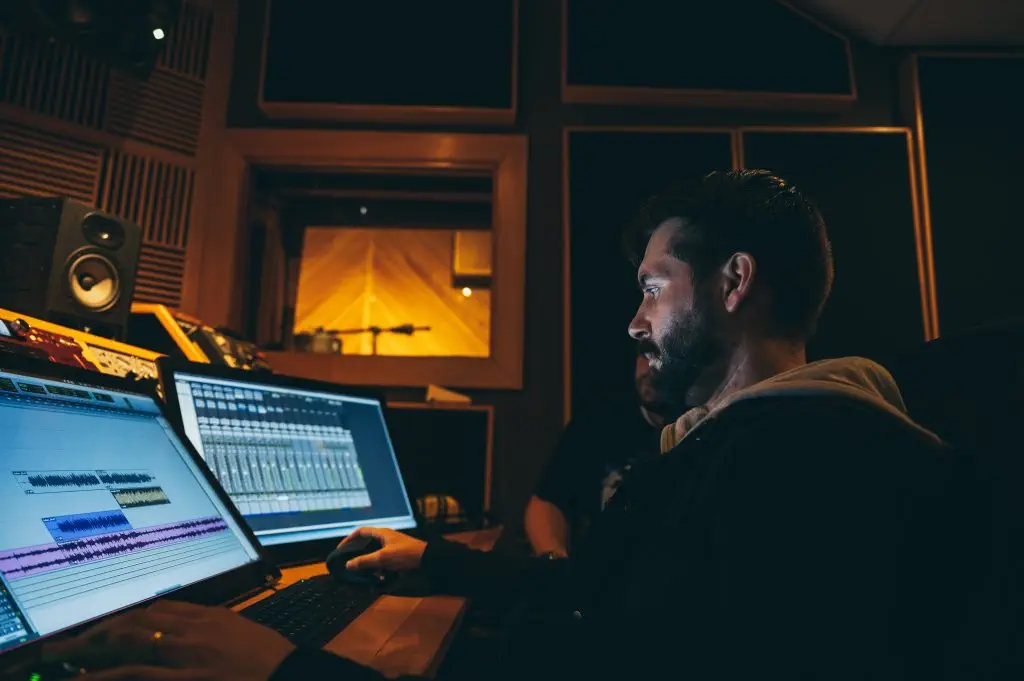Video editing has taken center stage in various industries, from YouTube videos to professional marketing presentations. While everyone can appreciate a well-crafted video, not everyone has mastered the art of video editing. The beginner-friendly video editors and free video editing tools now available have opened up this domain to creators worldwide. However, the key to producing impressive videos is following an organized approach to editing your footage.
Whether you want to edit your own videos or learn how to edit footage for a YouTube channel or other platforms, developing good video content using the right video editing software and techniques can transform your projects and elevate your skills. In this ultimate guide, we’ll discuss the importance of organization in video editing and unveil essential steps you shouldn’t skip if you want to create great video content.
So, stick around to gain valuable tips and tricks for editing video content that captivates your audience. By the end of this guide, you’ll be well-equipped to start editing and sharing your video projects confidently.
Step 1: Backup Your Footage
Before you even begin editing your first video or making your videos look like a popular YouTube sensation, it’s paramount to ensure that you have a secure backup of your raw video footage. Beginners often overlook this step in their eagerness to start the editing process, but ensuring the safety of your video files is crucial. Here, let us delve into the critical aspects of backing up raw material.
Importance of Backing up Raw Material
Losing your video footage can be a nightmare for beginners and experienced video editors. No amount of video editing tips will be beneficial if you have lost your primary video file:
- Any type of video, be it your first video or a video vital for a project, requires significant time, energy, and resources to create. Losing it can cost you more than just money.
- While editing, it’s possible to unintentionally delete parts of the footage or remove certain effects committed to the raw files. This could lead to irreversible changes and loss of valuable content.
- From a technical standpoint, video files can become corrupt. Reliable backups ensure you don’t lose your data in such circumstances.
Options for Reliable Storage
So, where should you store your backups? Here are some suggestions:
- External Hard Drive: One of the best and most reliable storage options is an external hard drive: it allows you to store large amounts of data, including high-quality video files.
- Cloud Storage: Platforms like Google Drive or Dropbox are great options for backing up video data. They allow you to access your content from anywhere, provided you have an internet connection.
- Network Attached Storage (NAS): A more advanced video storage solution is a NAS. This is essentially a hard drive connected to a network, allowing multiple devices to access and back up data simultaneously.

Remember, the goal is to create great video content without worrying about lost files. Start editing with the confidence that your raw material is secure. Always back up your footage as part of your organized video editing process. It’s a fundamental part of Video Editing 101 and one of the best video editing tips for beginners you can receive.
Now that you have secured your footage, it’s time to add another layer to your video editing process – organizing your clips. But that’s for the next step, so keep reading. On your path of learning to edit, the journey is just as crucial as the final video.
Step 2: Use Descriptive Names
You’ve backed up your footage and are one step closer to creating that perfect video. Another critical organizational aspect of video editing is giving clear and descriptive names to your video clips. An often-overlooked practice, this strategic move can revolutionize your editing process. In this section, we’ll explore the constraints of using default clip names and the importance of a consistent naming convention.
Constraints of Using Default Clip Names
When importing footage into video editing software, your clips often have default names that aren’t particularly helpful. Here’s why sticking with these default names can cause issues:
- Reduced Efficiency: Nonsensical names make locating and identifying specific footage difficult when editing. This slows down the entire editing process.
- Misplacement Risk: Without descriptive names, you may unintentionally delete or move an essential clip, wasting precious editing time searching for the right content.
- Increased Complexity: Especially when working with multiple video files or collaborating with other video editors, default names can lead to confusion and decreased productivity.
Importance of a Naming Convention
Developing a consistent naming convention can make your video editing experience much smoother. Consider these points when creating your video naming system:
- Clarity: Choose names that offer insights into the content of each video clip to ensure easy identification.
- Structure: Emphasize essential elements such as project names, clip types, dates, and scene numbers. For example, “ProjectA_BRoll_03012022_Scene5_Take3”.
- Uniformity: Apply this naming convention to all files, whether you’re editing a new video or working on different editing techniques. Consistency is key!
Here’s how an organized naming system can benefit you:
- Enhanced Efficiency: Quickly locate and identify the needed clips, saving editing time.
- Simplified Collaboration: If you share your project with others, having a clear organization will make it easier for them to navigate your video files. This is especially important if they are new to video editing.
- Improved File Management: When working on several projects or videos for social media, maintaining uniformity in how you name your clips simplifies the editing process and minimizes errors.
Now that you understand the value of using descriptive names in your video editing workflow, you’ll witness increased productivity and consistency in your projects. Take charge of your video editing tips for beginners and adopt a naming convention with purpose, making your first video (and every video that follows) a triumph.
Step 3: Establish a Logical Folder Structure
It’s time to up your video editing game! A crucial video editing tip for beginners diving into the exciting yet complex world of video editing – forging a logical folder structure is a must. Get set to learn video editing skills that’ll organize you like a pro, elevate your video quality, and streamline your editing process.
Benefits of a Clear Folder Structure
The advantages of a well-organized folder structure are aplenty. It’s the secret to editing a video efficiently, making you sail swiftly through your clips with your best editing software ready to work its magic.
- Less Editing Time: A logical structure helps segregate your video footage, making it easy to locate specific clips, thereby reducing your editing time significantly.
- Increased Clarity: This structure lets you quickly make sense of your files. Know instantly which clip you choose for transition or how to make the video look great.
- Learning Curve Enhancement: Beginners learning to edit on popular video editing programs like Adobe Premiere Pro will find it helps them learn a lot, enhancing the basic editing experience.
- Resolution of Conflicts: If you want to remove any doubts about file duplicates or overwriting, a clear structure comes to your rescue.

Ways to Group Similar Clips
Gone are the days of scattering video files all over your hard drive. It’s always a great idea to group similar clips. But what’s the best way to do that?
- Location: Grouping video footage by capturing location will help if you’re editing a travel YouTube video or a scene-specific movie.
- Date: Date-based folders are great video editing tips for beginners documenting sequential events or daily vlogs.
- Scene: Organizing files based on scenes is a super-efficient way to edit for movie editing.
- Type of Video: Segregate tutorials, instructional videos, new videos, or social media videos for easy tracing.
Remember, your goal is to create great video content. A well-crafted folder structure will help you get started with video editing, reduce the overwhelm that a beginner might feel with different editing techniques, and be the first step towards creating that stellar, final video. This is your ultimate guide to video editing, beginner! Now go, start editing, and let the magic unfold!
Step 4: Tagging and Metadata
Get ready, edit clan! We’re about to unlock the spectacular power of tagging and metadata in your editing process. If you’re a beginner wondering how to edit your videos more efficiently and effectively, mastering tagging and metadata is an integral part of your guide to video editing.
Tagging & Metadata Features in Professional Editing Software
Tagging and metadata might sound a bit advanced, but they’re brilliant tools that’ll take your editing skills from basic to the boss level. Get ready to learn how these features work in professional editing software.
- Smarter Search: Video editing programs like Adobe Premiere Pro allow you to add tags to your video clips. These tags make sifting through hours of footage as easy as searching for a YouTube video.
- Efficient Preview: Meta-tags can be added to show the clip’s summary, meaning you get the context without scrubbing the whole video.
- Music and Audio Editing: Want to add music to your video? Metadata can also help you keep track of audio files and their source.
Information That Can be Included in Tags or Metadata
Wondering what kind of information can be added within tags or metadata? Let’s get started with these video editing tips for beginners.
- Clip Description: You can include a summary of the clip or the scene details. This way, you can edit your video without even playing some clips.
- Location and Time: Details of when and where the footage was shot can also be included. This is especially useful for editing a travel vlog or a documentary.
- Camera Details: Metadata can include information about the camera type, lens, aperture, shutter speed, and even the camera angle. This can be extremely helpful if you want to replicate a particular feel or look in your final video.
- Copyright Information: If it’s a free video that you plan to modify, metadata can contain any copyright details necessary to avoid legal hiccups.
Harness the magic of tagging and metadata; you’ll be amazed about what you can do in your editing suite. It’s all about making your videos look brilliant and creating great content. So, roll up your sleeves, thunder into the bold, exciting world of video editing, and create your masterpiece.
Step 5: Create a Rough Cut
Pump up your video editing skills and get set to embrace the rough cut – an unsung hero in the video editing process. Learning the art of creating a rough cut will make all the difference for beginners looking for a smooth start to their video editing journey. Less overwhelming and more exciting, the rough cut is your ultimate guide to video editing!
The benefits of a Rough Cut
What’s a rough cut, and why is it essential for your video project? It’s a basic assembly of your video clips – a simplified version of your editing vision. Here’s why you should create a rough cut:
- Clarify Your Vision: It helps you visualize your story before diving deep into the details.
- Focus on Fundamentals: Your rough cut prioritizes the narrative, while fine-tuning can come later.
- Time Saver: As you get started with video editing, creating a rough cut helps you eliminate clips that aren’t necessary, saving you time during the final edit process.
- Collaboration Made Easy: A rough cut is an excellent way to communicate your ideas and get feedback if you work with a team.
- Confidence Booster: It’s a beginner’s guide to video editing, allowing you to see your project’s direction before diving into advanced techniques.

Importance of Having an Overview of the Project
Don’t skip the crucial step of gaining an overview of your project. The rough edit sets the stage for this:
- Sequence & Transitions: It helps you perfect the order of your scenes and transitions so that the story flows smoothly.
- Music & Sound: As you begin editing, you’ll get a better sense of where to add music, dialogues, voiceovers, or sound effects.
- Pacing & Rhythm: The rough cut lets you concentrate on your video’s pacing and rhythm, ensuring it captivates your audience.
- Review & Refine: An overview of your project during the rough cut stage allows you to review, refine, and enhance the final video as you gradually apply advanced editing techniques.
Unlock the power of the rough cut and relish the awe of watching your video project come to life. Be it a YouTube video, an instructional video, or an immersive movie, creating a rough cut is that beginner-friendly step you need to perfect your editing process. So, gear up, dive into the world of video editing, and witness the magic unfold!
Step 6: Regularly Review Your Progress
The journey from a video editing beginner to becoming proficient at your craft isn’t a straight path—it’s a series of checks and balances, trials and errors, tweaks and adjustments. One practice that will turbocharge your editing skills is the habit of regularly reviewing your progress.
Necessity of Regular Review
Reviewing your progress isn’t expendable—it’s an integral part of video editing. Here are compelling reasons why it’s crucial to your journey:
- Highlighting Inconsistencies: Regular review helps detect inconsistencies in your storyline, audio, transitions, effects, etc.
- Establishing Cohesion: Spot challenges in the flow of your video – it’s a stitch in time that saves nine later in the editing process.
- Knowledge Check: It is an excellent tool to gauge your understanding of basic and advanced video editing techniques.
- Goal Evaluation: It lets you check if your video project turns out as you had imagined or needs any drastic changes.
- Learning Curve: Regular review reinforces your learning, making you more confident with each edit you make.
Main Benefits of Consistency and Early Error Detection
Regular reviews don’t merely ensure that you’re editing your video right—they also bring consistency to your work and help you catch errors early:
- Consistency is Key: Regular checking ensures consistency in visual style, sound quality, and overall storyline—crucial for high-quality video editing.
- Early Error Detection: Spotting and correcting errors early saves editing time and effort in the later stages. It’s the surefire way to produce a great video.
- Systemized Editing: Regular reviews encourage a structured editing approach— which is essential when working with the best video editing software like Adobe Premiere Pro.
- Inspires Innovation: Consistent checks open the door to noticing new potentials in your edit, allowing you to be more creative and innovative in your approach.
- Preventing Re-work: Regular reviews help prevent unnecessary re-work, helping you focus on editing and sharing your best video without losing momentum.
Progressing from a novice to an expert editor isn’t a sprint—it’s a marathon. Patience, persistence, and progress checks are your faithful companions on this journey. So, keep the video editing 101 mantra close – review, refine, repeat – and you’ll become a skilled video editor in no time.
Recap: Steps to Follow When Considering Video Editing
Merely collecting good video footage isn’t enough. The magic truly begins in the editing suite. View your editing process as an adventurous journey where the destination is a well-crafted, captivating video that tells a compelling story. It’s time to make that transition from ‘video editing for beginners’ to becoming a proficient video editor.
From the fundamentals of video editing to mastering advanced techniques, every step and every edit inch you closer to the final video you envisioned—the icing on the cake of the editing time you’ve invested. Remember, make edits to your video that serve the storyline, add music to elevate the mood, and use effects selectively to add drama or emphasis.
Breathe life into your video clips and export your video only when you can look at your new video and say, “That’s a great video!” As you begin editing your next big project, keep this ultimate guidebook in your virtual editing suite, review it as you go, and you’ll learn a lot.
Above all, enjoy the process! Video Editing 101 isn’t just about learning to edit—it’s about loving every moment you pour into making your videos look their best. So wear your video editor hat, dive into your editing programs, and immerse yourself in the exciting world of video editing. The journey is as rewarding as the final product!





0 Comments